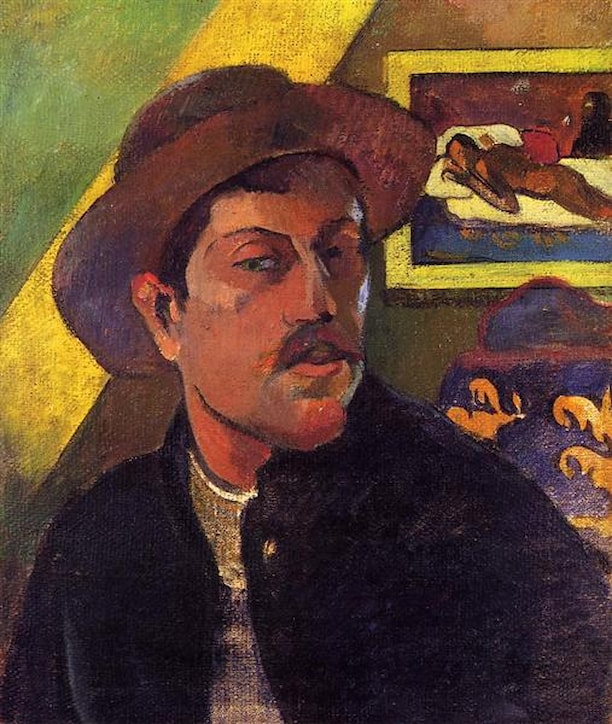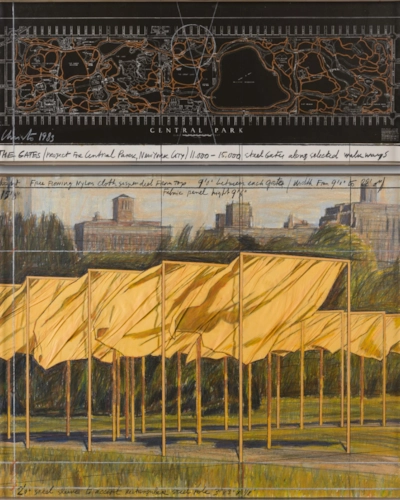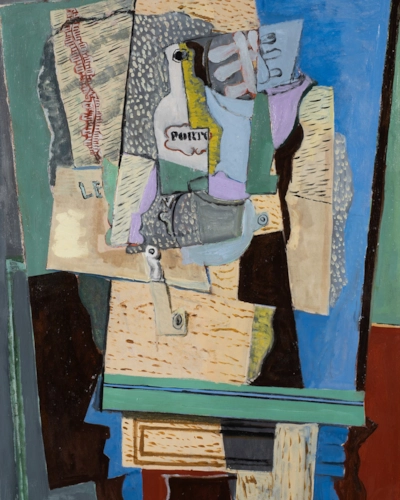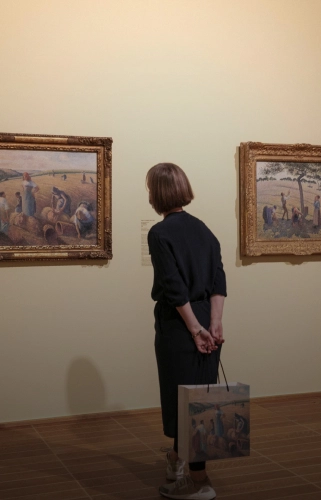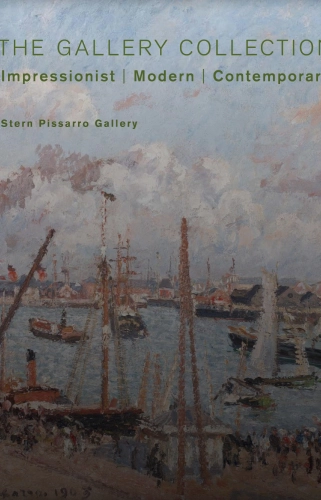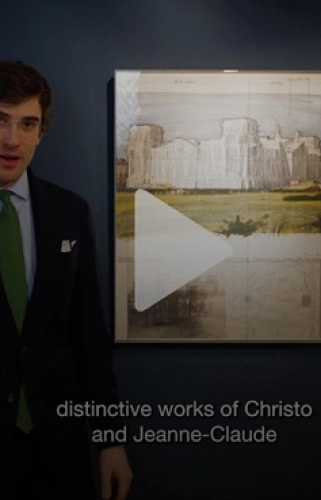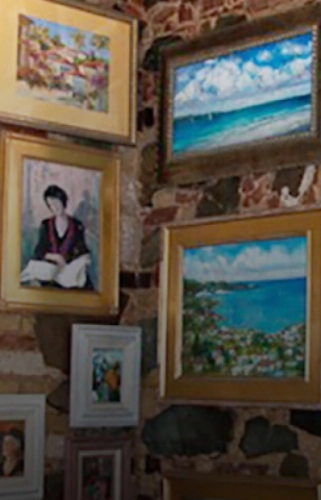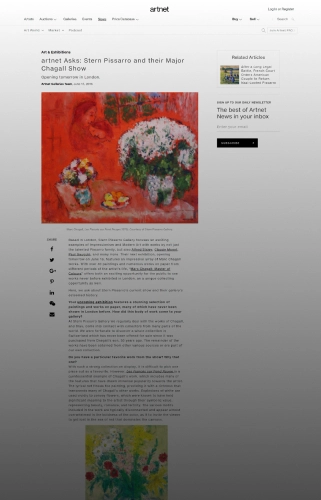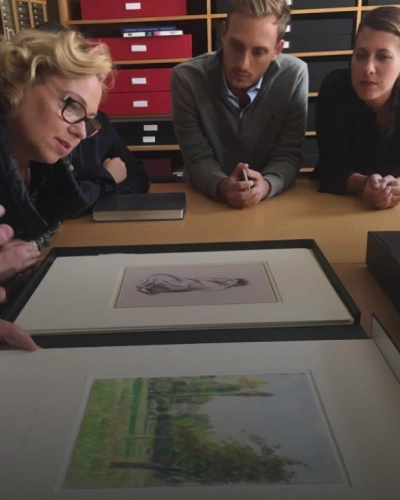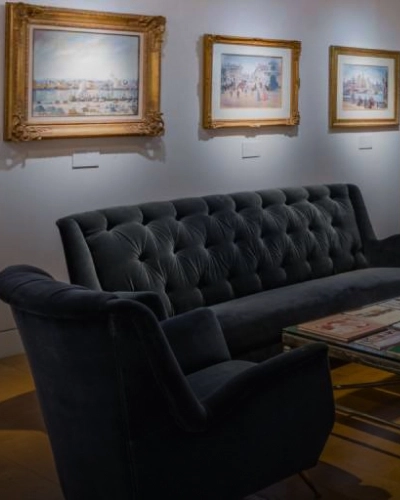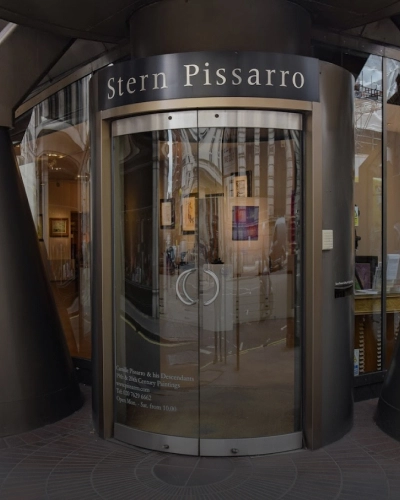Paul Gauguin
(1848 - 1903)
Portraits of Meyer de Haan and Mimi
16.2 x 19.1 cm (6 ³/₈ x 7 ¹/₂ inches)
Paul Gauguin
biography
Descended on his mother's side from Peruvian nobility, Gauguin spent his early childhood in Lima. By 1873, he was married and settled in Paris as a stockbroker, thanks to his guardian Gustave Arosa, a Spanish financier with a collection of modern French painting. Through Arosa, Gauguin developed an amateur interest in art. He met Camille Pissarro at Arosa's home, and by 1879, Arosa had become an unofficial pupil as well as patron of the artist. Pissarro soon invited Gauguin to exhibit with the Impressionists.
Gauguin's retrogressive form of modernism brought him to Brittany, Panama, and Martinique in 1886–87, in the hopes of retrieving some lost, uncorrupted past from which art could be renewed. During his second visit to Pont-Aven, Brittany in 1888, his encounter with the artist Émile Bernard resulted in the groundbreaking Symbolist painting Vision After the Sermon. In October of 1888, Gauguin left Brittany for Arles, where he joined Vincent van Gogh, whose brother Theo became his art dealer.
Back in Paris, Gauguin helped organize a renegade exhibition of his and his friends' work at a café owned by a Mr. Volpini, on the official grounds of the 1889 Exposition Universelle. The Volpini exhibition, as it became known, was a commercial failure, and a dejected Gauguin continued his peregrinations in Brittany, where he painted a series of self-portraits relating himself to Jesus Christ. He eventually set sail for Tahiti in 1891. His first major Tahitian canvas, Ia Orana Maria (Hail Mary), dresses a Christian theme in Polynesian guise.
Gauguin decided to return to Tahiti permanently in 1895. He was suffering from syphilis by this time. Yet, between hospitalizations, he was able to paint his masterpiece, Where Do We Come From? What Are We? Where Are We Going?. This monumental allegorical painting served as a synthesis or culmination of his art.
Despite the arcadian content of his pictures, Gauguin became disillusioned with the Westernization and colonial corruption of Tahiti. He left in 1901 for the Marquesan island of Hiva Oa, perpetually searching for a lost paradise. Gauguin died there in 1903.
Paul Gauguin
biography
